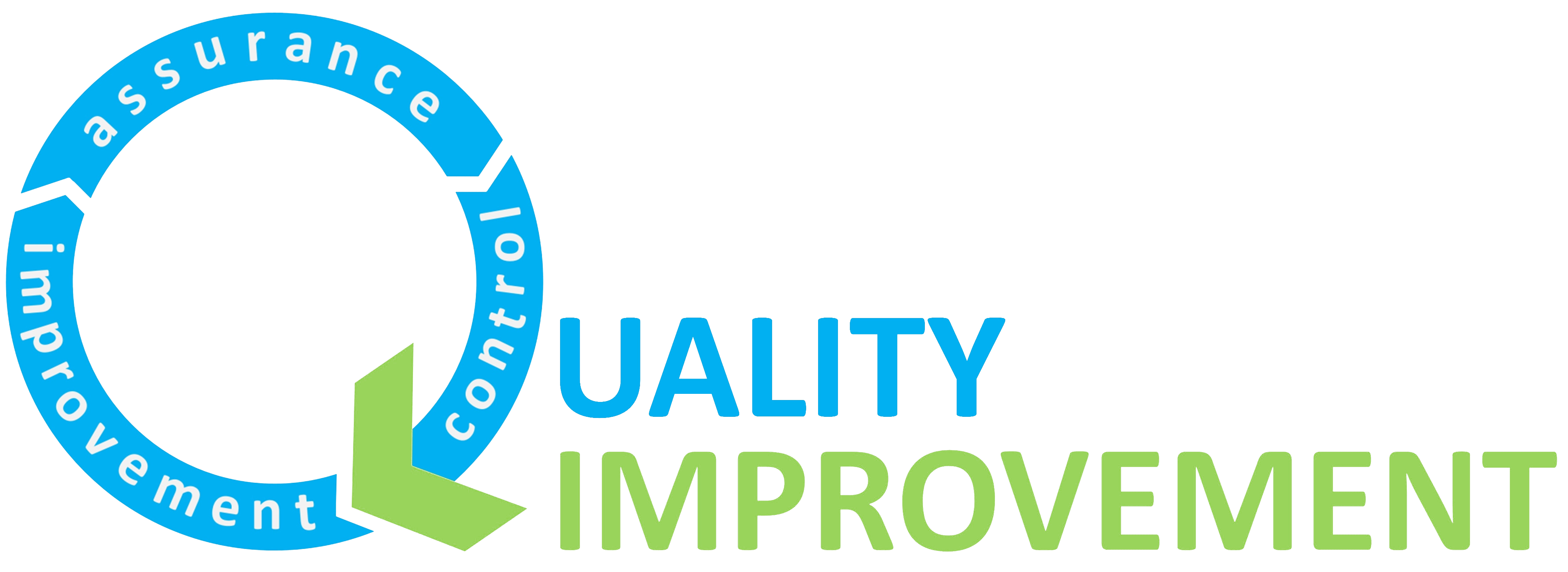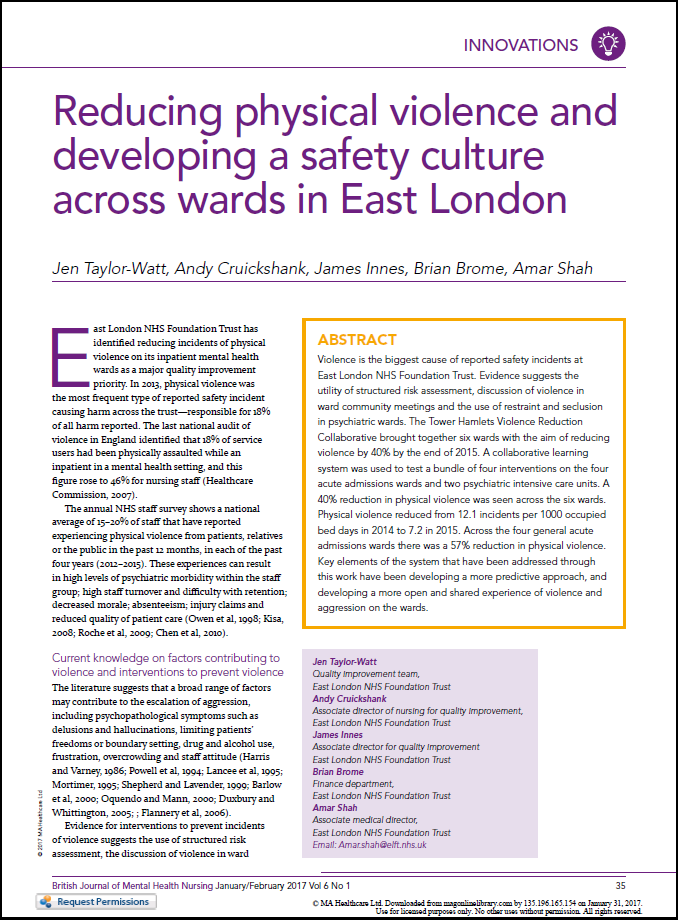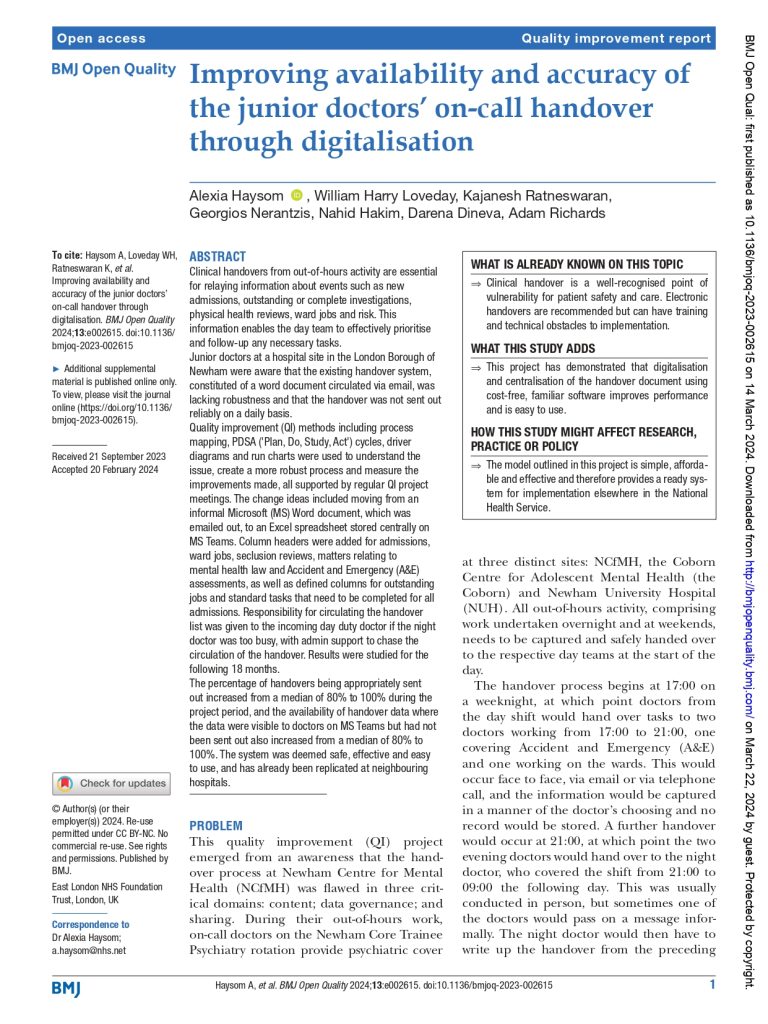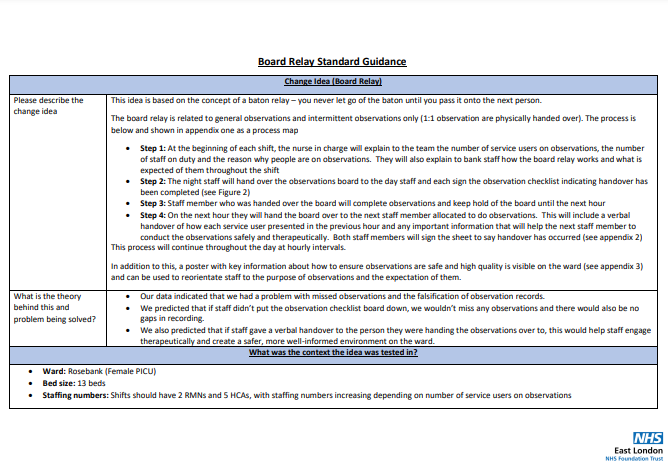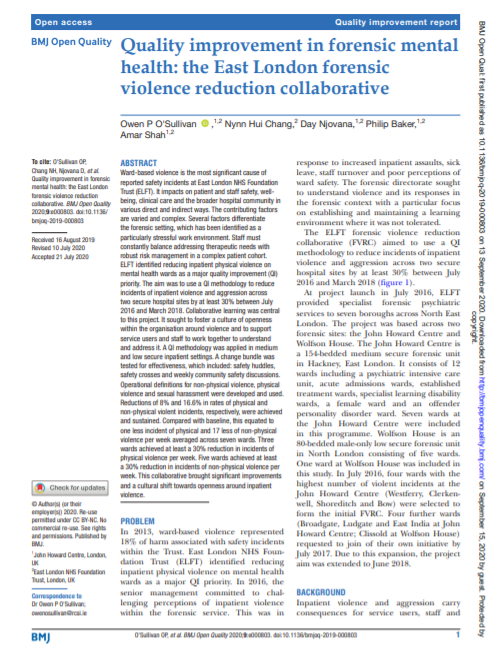Inpatient Quality and Safety
Between 2022-2024 all inpatient wards from across the trust came together to improve quality and safety. Teams from across every part of the trust are working to make wards a more therapeutic place for service users to be. A therapeutic environment, with meaningful engagement can have positive effects for both staff and service users. An important part of this work is focusing on improving the completion of mental health observations in order to keep service users safe.
Therapeutic Engagement and Observations
- A board relay, where staff hand over a physical board with observation documentation
- Zonal observations, where nursing staff are assigned a zone to engage with service users
- The use of Life Skills recovery workers on Twilight shifts (2 – 10pm) to conduct therapeutic activities with service users.
You can hear from staff who have been testing these ideas by watching the video below
ELFT Safety Culture Bundle
In working to strengthen the use of the safety culture bundle, teams are building on the success of work to reduce violence on inpatient wards carried out between 2014-2019 at ELFT. The bundle is made up of four parts: the safety cross, safety huddle, community meetings and the Brosset Violence checklist. You can find out more by visiting the Violence Reduction page.
Related Stories
-
Service Users Co-Production in Observation and Therapeutic Engagement Project in Forensics Directorate
20th March 2024
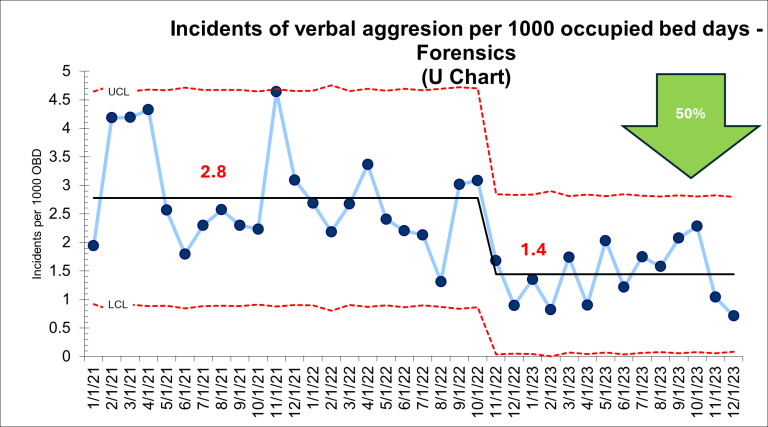
-
Patient safety – adopting a learning and improving approach
5th February 2024
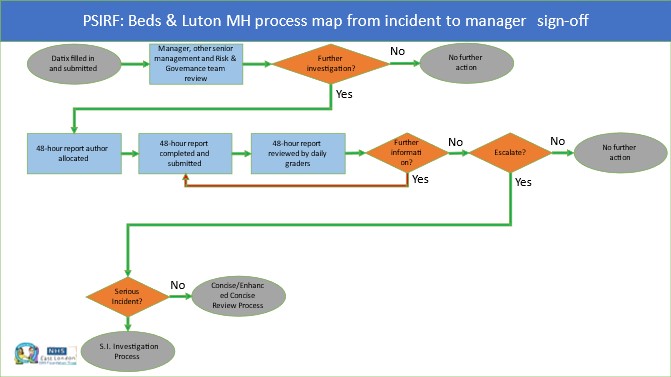
-
Improving observation practice and therapeutic engagement across inpatient wards at ELFT – The opportunity of using Quality Improvement at Scale
5th February 2024
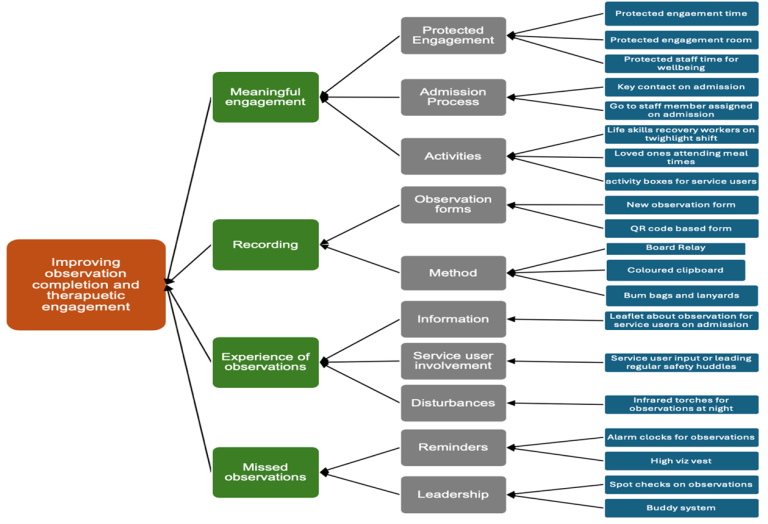
Follow QI on social media
To keep up to date on the latest concerning QI at ELFT, follow us on our socials.

